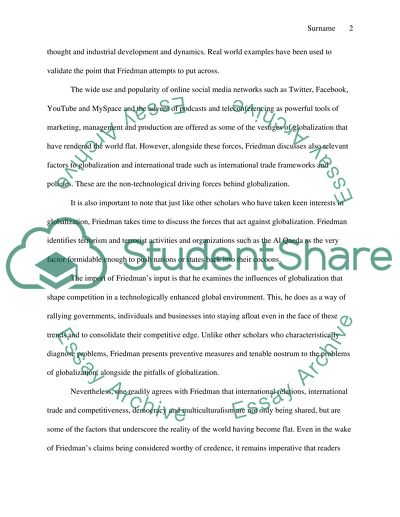Cite this document
(The world is Flat by Friedman Book Report/Review, n.d.)
The world is Flat by Friedman Book Report/Review. Retrieved from https://studentshare.org/social-science/1403371-summary-paper-of-the-bookthe-world-is-flat-a-brief
The world is Flat by Friedman Book Report/Review. Retrieved from https://studentshare.org/social-science/1403371-summary-paper-of-the-bookthe-world-is-flat-a-brief
(The World Is Flat by Friedman Book Report/Review)
The World Is Flat by Friedman Book Report/Review. https://studentshare.org/social-science/1403371-summary-paper-of-the-bookthe-world-is-flat-a-brief.
The World Is Flat by Friedman Book Report/Review. https://studentshare.org/social-science/1403371-summary-paper-of-the-bookthe-world-is-flat-a-brief.
“The World Is Flat by Friedman Book Report/Review”, n.d. https://studentshare.org/social-science/1403371-summary-paper-of-the-bookthe-world-is-flat-a-brief.


